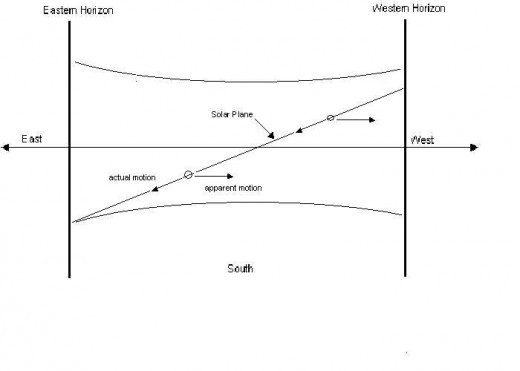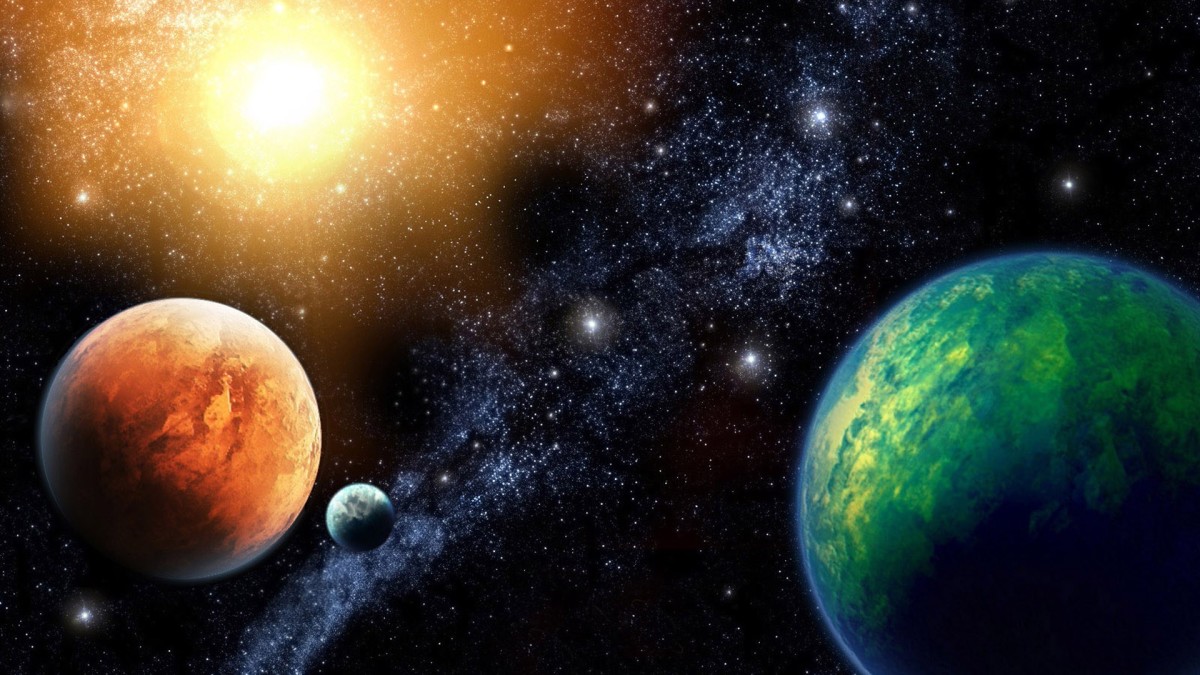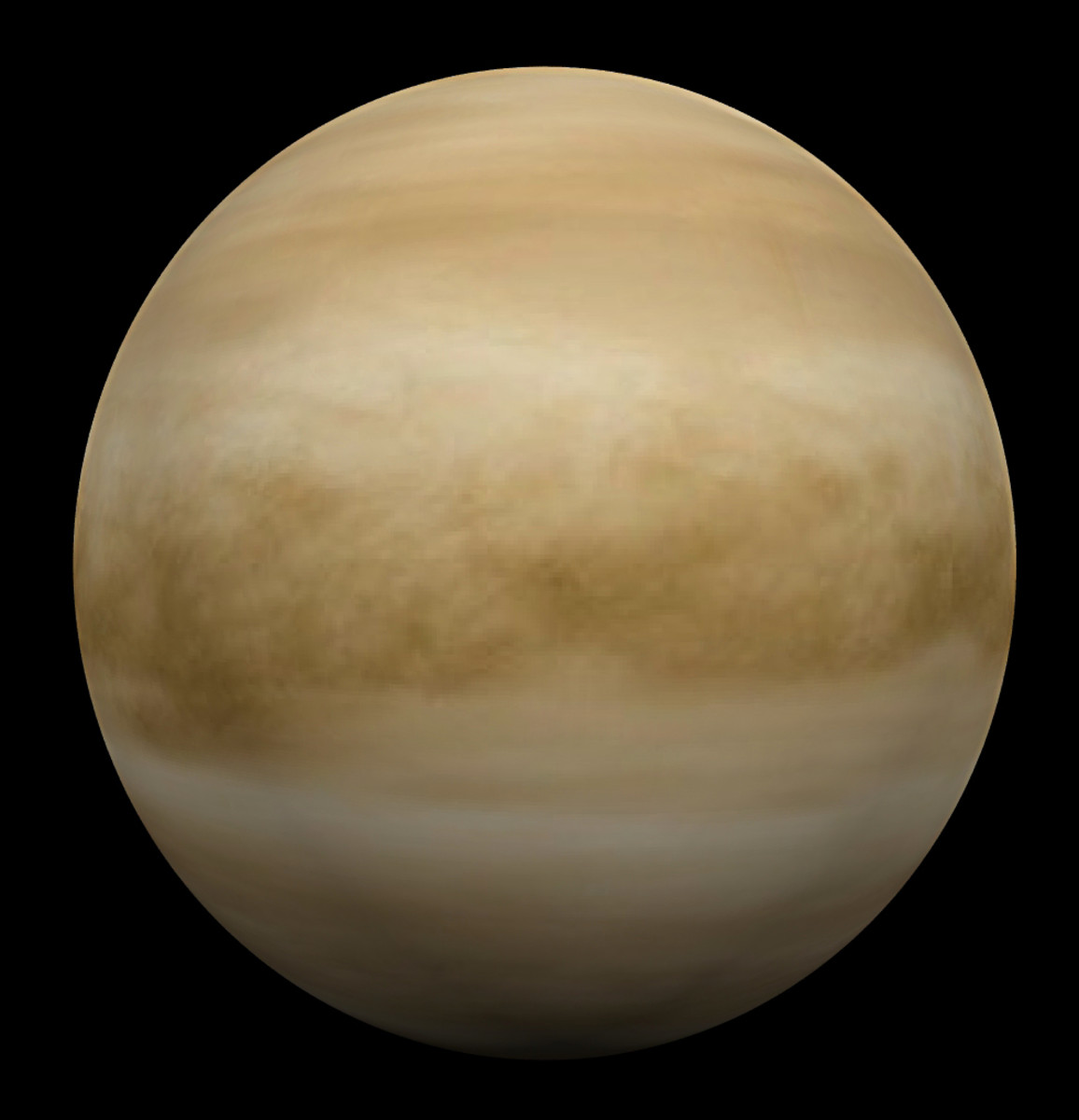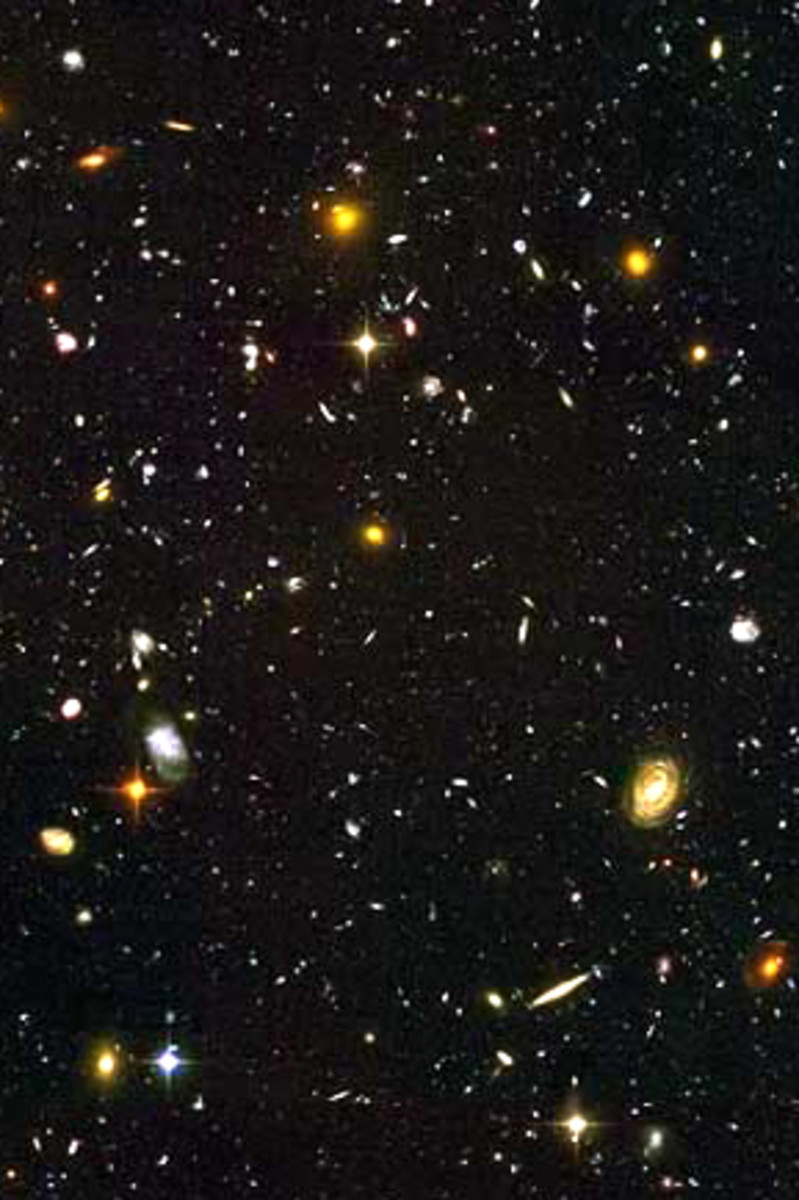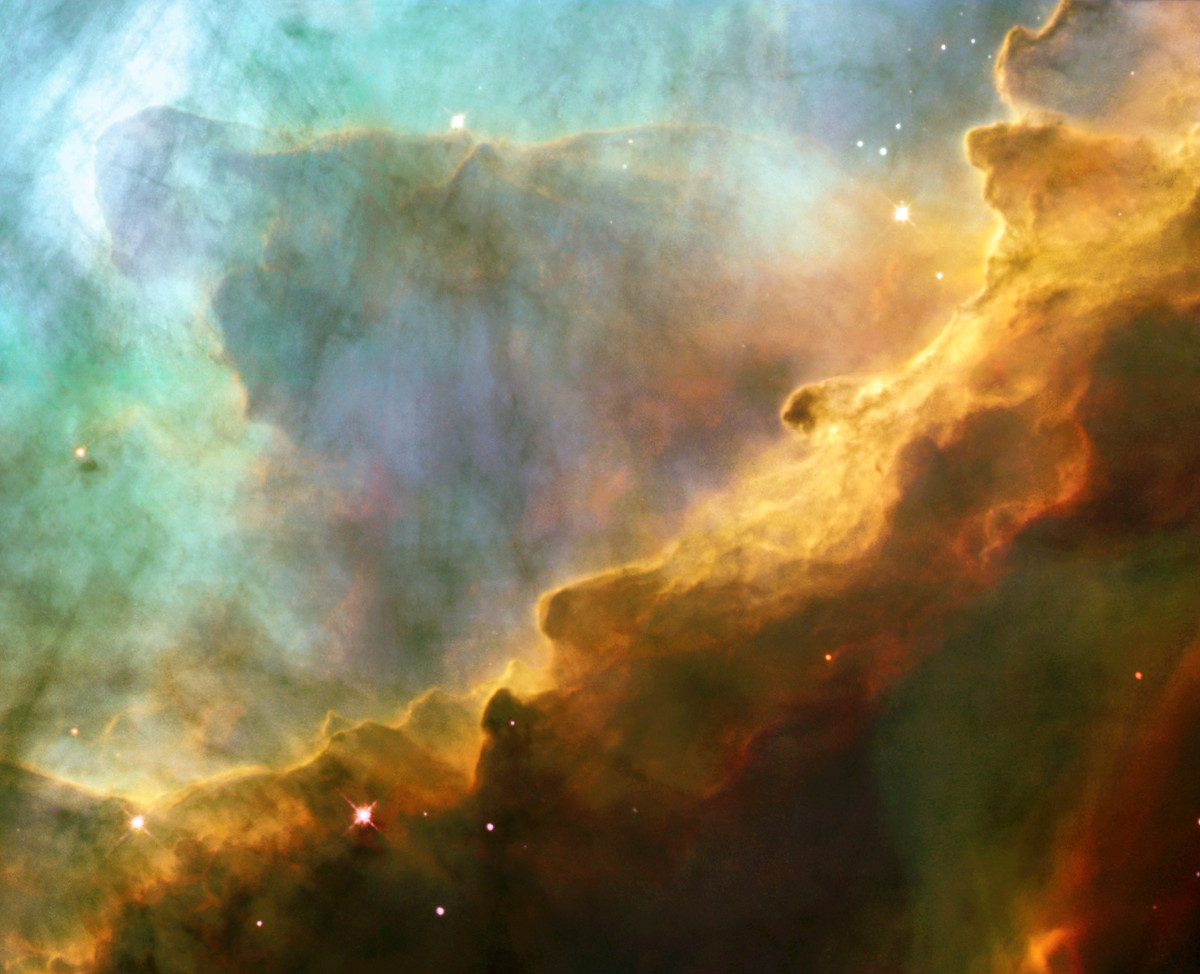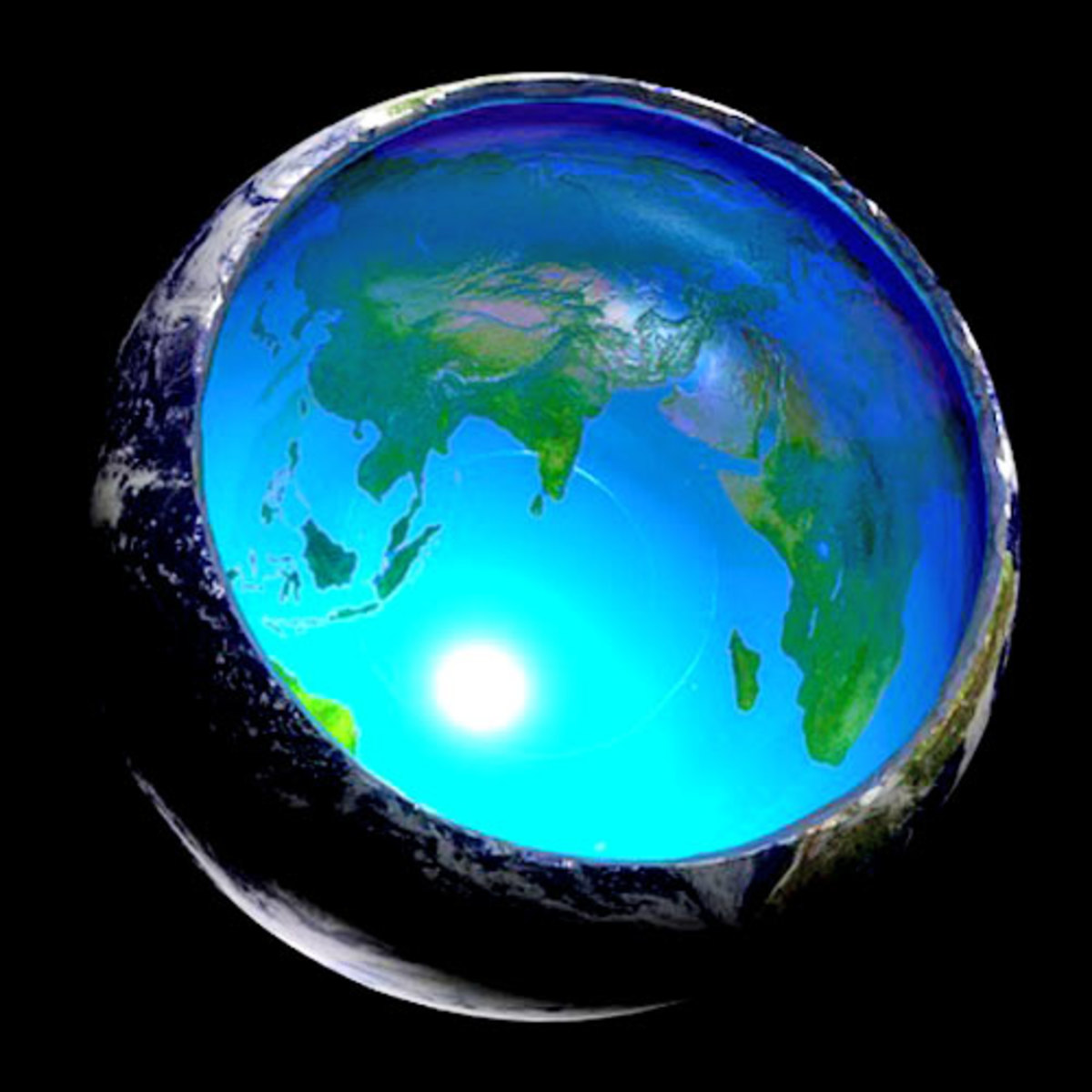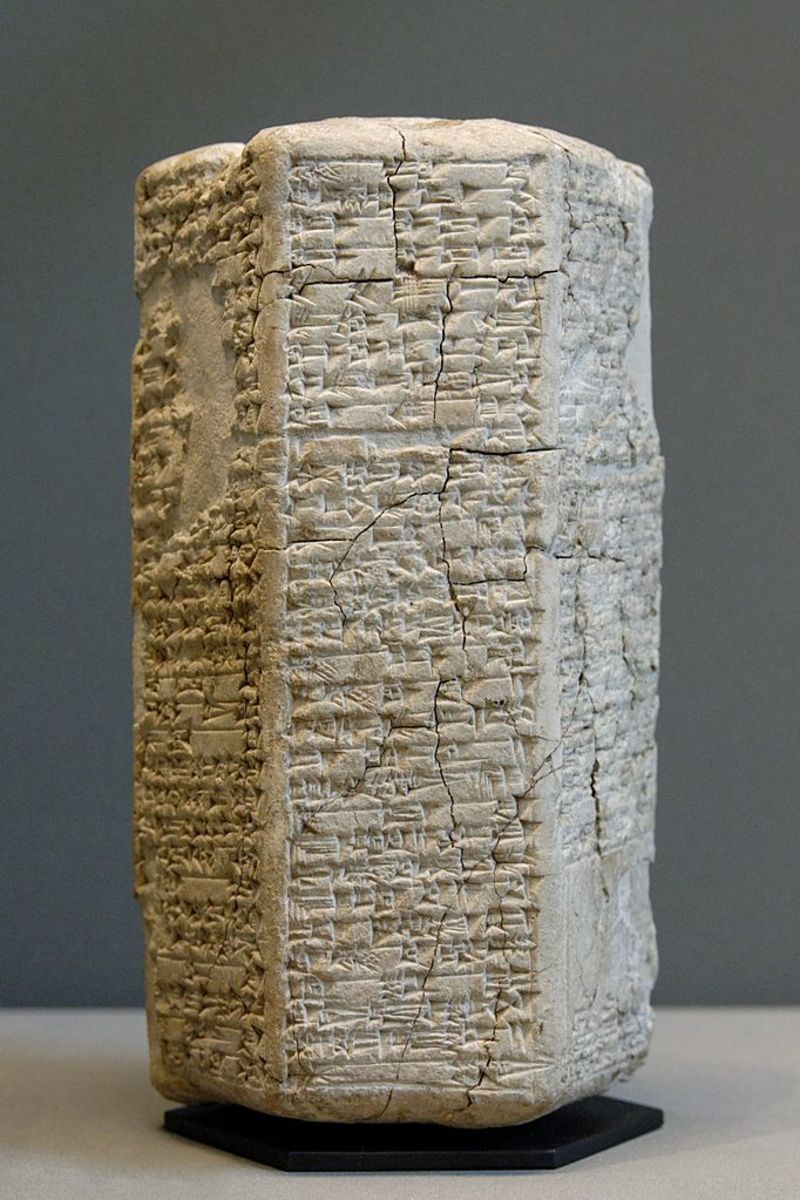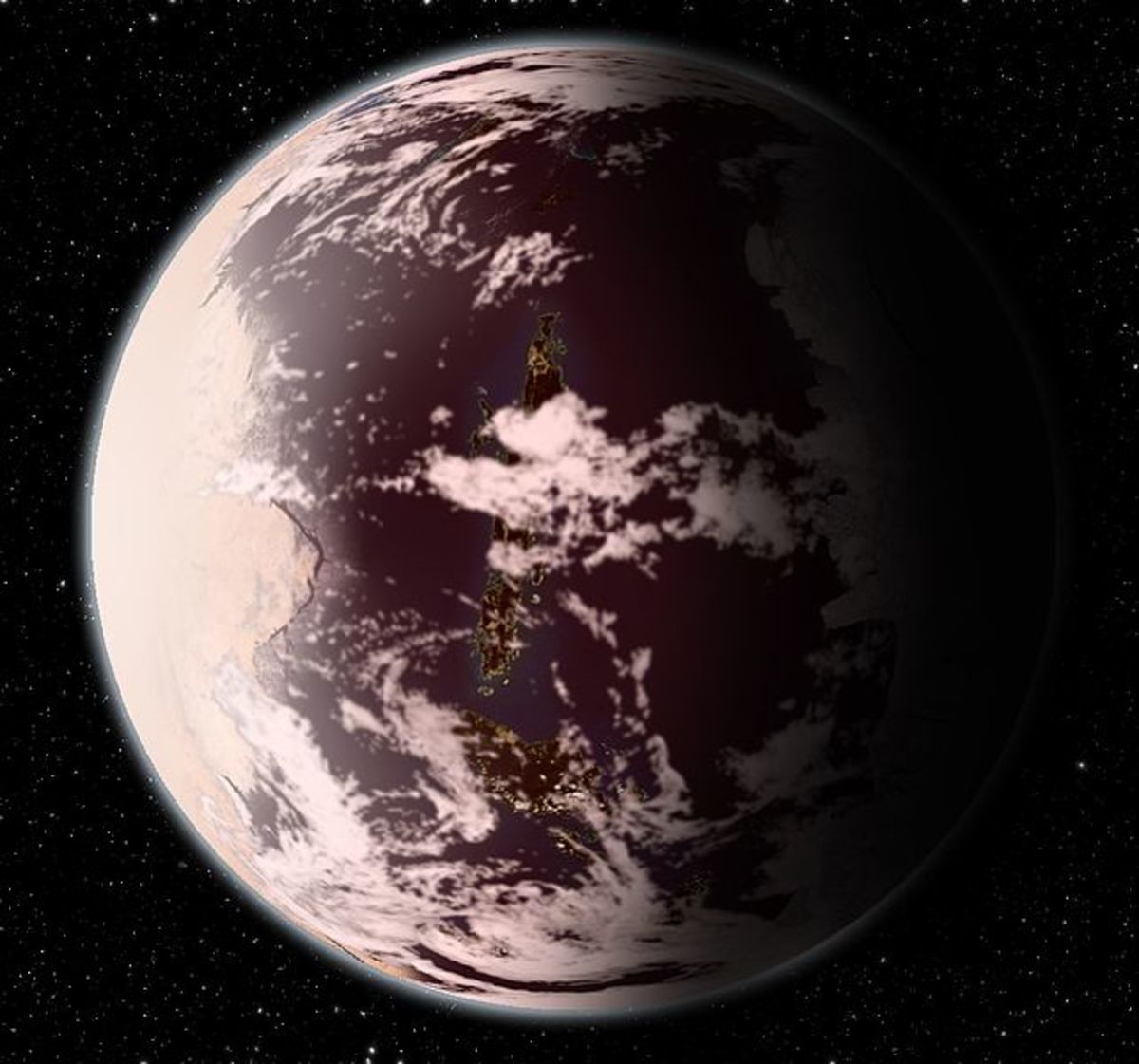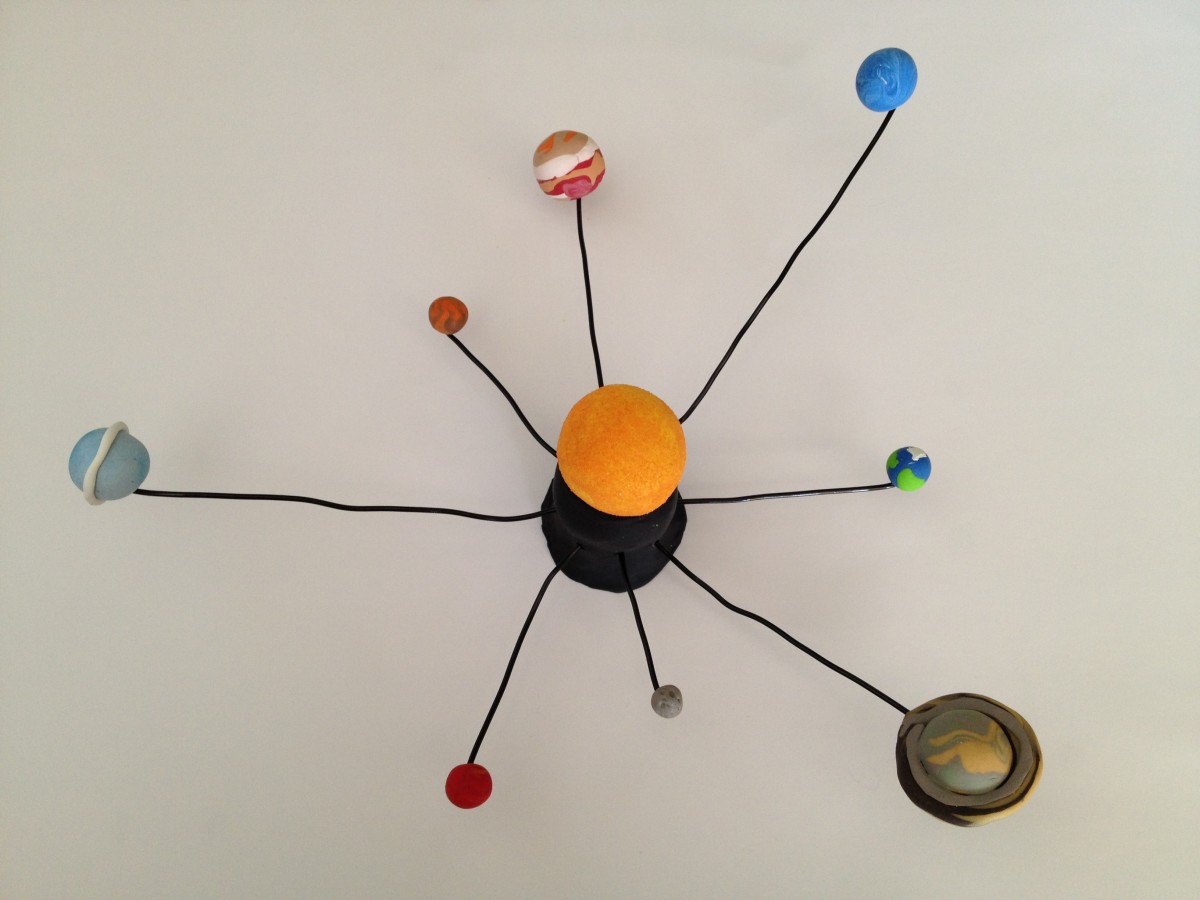How Space Objects Appear to Move Vs Actual Movement
The Moon
If you watch the moon throughout the day, it will appear to follow the same route as the sun. It will rise in the east and set in the west. This makes it difficult for most people to understand that the moon actually is moving from west to east. The earth rotates faster than the moon orbits, thus it looks like the moon is moving the wrong direction. See image below. If you chart the moon's position at sunset every night, the moon steadily moves closer to the eastern horizon.
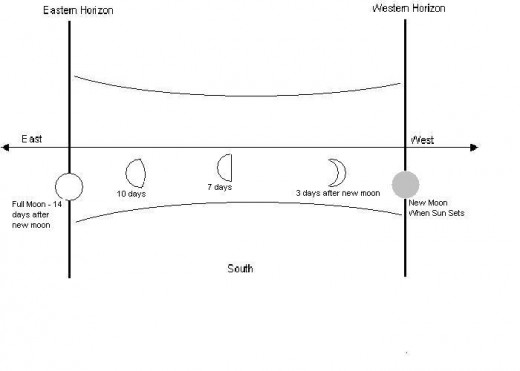
Is the Moon Growing or Shrinking?
Here are a couple handy tricks to tell if the moon is growing or shrinking (Waxing or Waning). If you can see the moon at sunrise, it is shrinking. If you can see the moon at sunset, it is growing.
How Fast Does the Moon Move?
Well there are a few different ways to solve this. One is to just look up the velocity of the moon relative to earth. This value is roughly 1 kilometer per second, or about 0.6 miles per second.
If you didn't want to know the easy way, you could find the average distance from earth, figure out the circumference of its orbit from C=2*pi*radius, and divide by how much time it takes to make a full revolution around the earth. Since the radius is about 380,000 km from earth, that makes the circumference about 2.4 million km. Divide that by the time you're looking for (days in this case) and you find that the moon moves approximately 86,000 kilometers per day.
There are other ways to determine rate of movement. Consider this: there are 360 degrees of motion in a full circle. The earth rotates a full circle once every 24 hours or 1,440 minutes. This corresponds to one degree of rotation for every 4 minutes of time (1440/360). The rotation of earth is most obviously compared to the movement of the sun across the sky. One can say the sun moves across the sky one degree every four minutes. The moon is different but still close.
I actually had a discussion with my high school biology teacher about how much later the moon sets every day. He argued that the moon set 15 minutes later every day and I argued for 50 minutes later every day. It's not exact, but these are nice numbers to use. I went to the marker board in front of 30 students and proved my argument in two different ways. 1) I explained that rotational time was approximately one degree every four minutes. If the moon makes a 360 degree revolution around the earth every 27.5 days (approximately), that would be about 13 degrees per day. Multiplying 13 degrees by four minutes per degree, that is 52 minutes later every day. Slam dunk. 2) The ratio of time contained in 24 hours vs. 27.5 days is the same ratio of time the moon sets later every day vs. 24 hours. Pretty much you divide 24 hours by 27.5 after converting the hours into minutes. 1440 minutes divided by 27.5 = 52 minutes. Slam dunk again.
One thing to take away from this is that rotational velocity of the earth is 1 degree every four minutes, and that does not depend on what latitude you're at. Although measuring the angle will be harder at some latitudes that others I suspect.
- The Sky
Most scientists analyze the sky on a computer. Don't you want to just look at the sky and know?
Movement of the Planets
If you follow the link above, you will read a more detailed description of how the sky looks. You will see images like the one sketched below. Now I don't really have all the details, but what I do know is this: the planets move along the planetary plane but won't look like it at first glance in the sky. Consider the image below. It shows how the planets are in the same plane. The planets move in that same plane, but because the rotation of the earth appears so much more significant it will look like the planets move from east to west.
One last thing to note is that even though the planets move along the solar plane in the same direction, the earth revolves around the sun faster than some planets and slower than others, making it look like some planets are moving one direction while other move in the right direction. If you are looking down on the solar system from the north star, you will see that all the planets orbit the sun in a counter-clockwise motion and all the moons move counter-clockwise around their planets (with a few exceptions).
